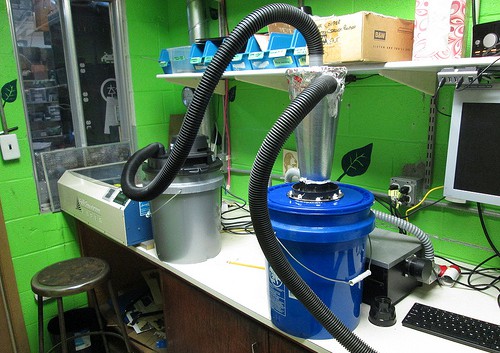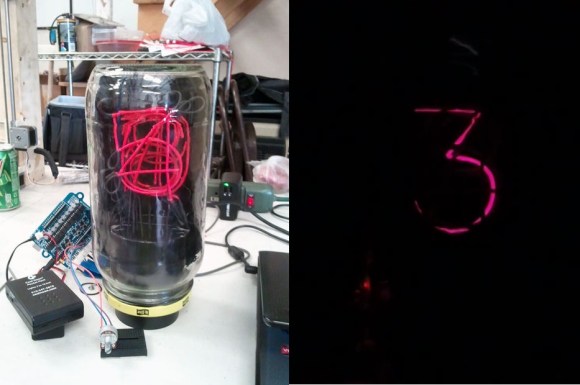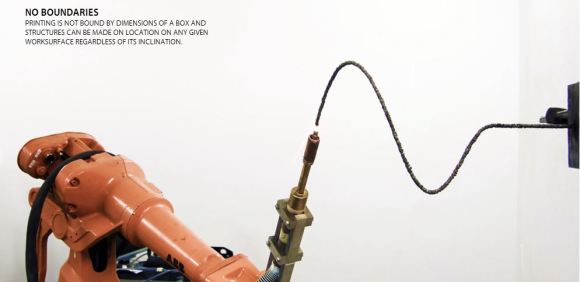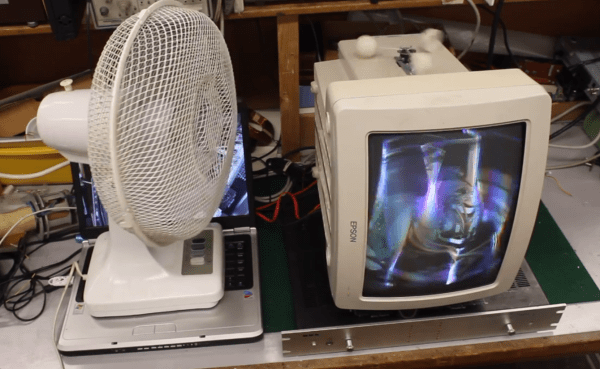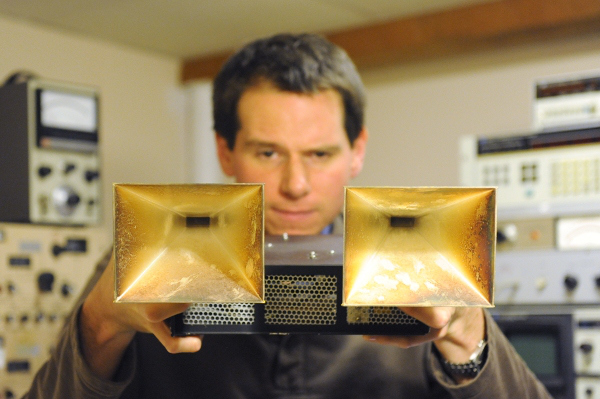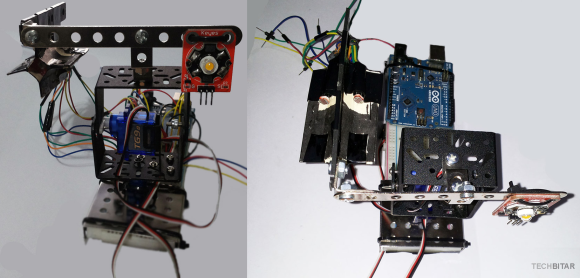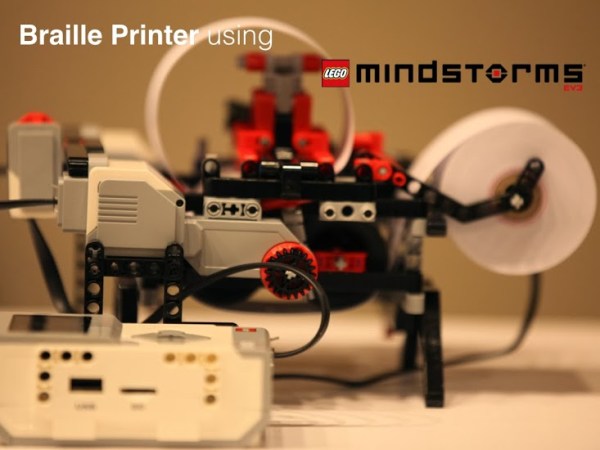After discovering their dust collection vacuum was blowing through filters and leaking powdered fiberglass dust all over their workshop, the folks at i3Detroit decided to take matters into their own hands, and built this awesome cyclone dust collector that requires no bags or filters!
They were inspired by a similar wooden sawdust collector, but as they cut many different materials, they decided to build a steel cyclone for durability. The build makes use of two 5-gallon buckets, a 5-gallon vacuum cleaner, and a meticulously designed sheet metal cyclone cone. The vacuum creates a strong suction force and the dust enters the cyclone, getting sucked to the bottom and into the blue bucket. This keeps the filter in the vacuum clean, and keeps all the debris in an easy to access bucket. Continue reading “Cyclone Dust Collector Requires No Bags Or Filters”

